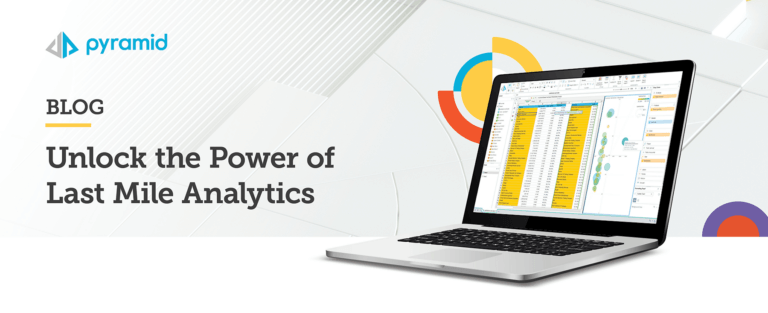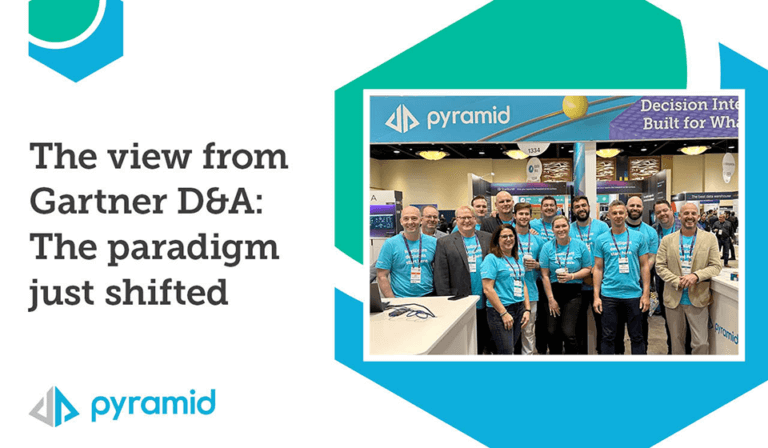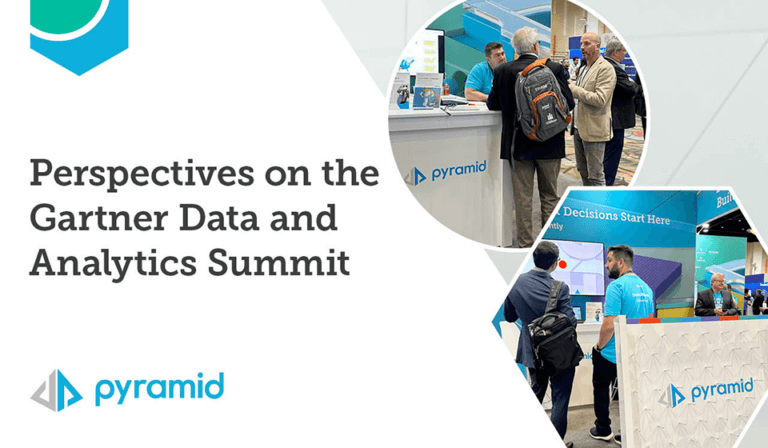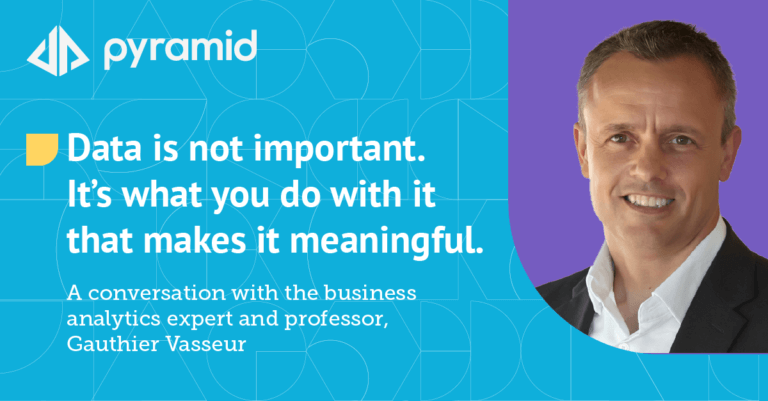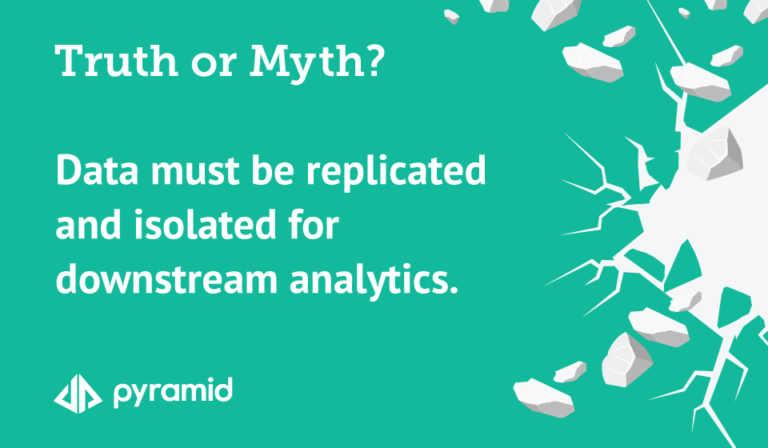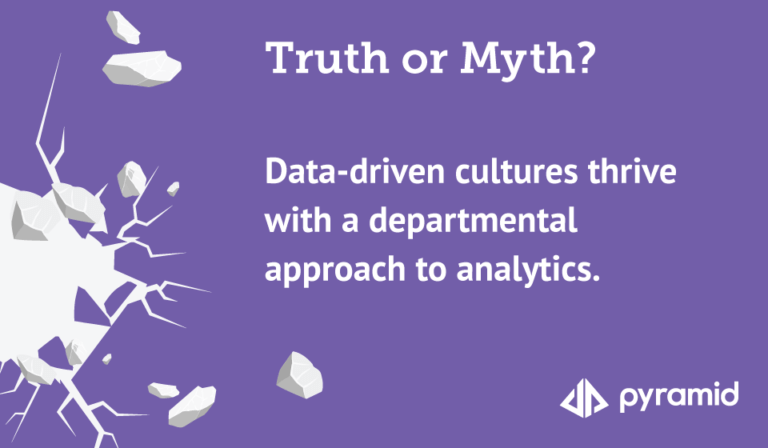In modern business, the proliferation of enterprise digital applications—analytics included—is accelerating their ongoing journeys toward cloud infrastructure adoption. The change is driven by companies’ growing need for a greater number and variety of users to access those applications. But repeatedly introducing new applications to meet business and user needs may not be the best bet.
On a given day, a person will use more than 20 software applications—be they cloud-based, enterprise, or desktop—O’Reilly reports. Although analytics is increasingly critical to decision-making at all levels of the organization, business leaders risk further dividing users’ attention with new analytics applications.
Still, employees expect all the capabilities they need at their fingertips. If senior leaders ask them to make a decision as part of their responsibilities, those same leaders must provide a streamlined way for those employees to access the insights they need to make that decision a good one.
Analytics designed with this flexibility in mind makes this possible. These applications integrate analytics access into existing employee applications and workflows. As Forrester describes, “In the future, BI [i.e., analytics] will enable business users to turn insights into actions without having to leave whatever business or productivity application they have open.” Adaptive analytics environments of this kind allow classic analytics experiences to blend seamlessly with relevant tasks and processes, enhancing corresponding decision-making for their users.
The Problems With Existing Data Ecosystems
Although most workers still lack access to powerful analytics, many more struggle to leverage analytics within their existing, business-critical workflows. Instead, organizations’ existing data ecosystems are separated within different environments, where individual teams each have their own silos to which they have grown accustomed. This makes it difficult to standardize data access, let alone have individual team members prioritize and use approved analytics resources.
In lieu of data literacy training and self-service analytics capabilities, workers have had to rely on IT or data wranglers to retrieve the right data for them. Requesting data in this way is often a tedious, drawn-out process that many workers simply avoid. “If it takes four months to get data to support a decision, then the opportunity is lost,” Forbes describes in their article on 2021 analytics trends. “For the business to drive critical outcomes and opportunities quickly, data needs to be available quickly.”
Make Analytics—Not Users—Adapt
The future of successful analytics is an adaptive environment that can adjust to a constantly evolving and improving business decision lifecycle. Adaptive analytics of this kind is platform-agnostic and scalable; it can be deployed in any scenario and across on-premises, cloud, or hybrid environments.
Since adaptive analytics is cloud-based and flexible, integrating and evolving with a wide variety of digital tools, it future-proofs organizations from missing these opportunities. And while many companies cannot give up on on-premises data sources, advanced analytics of this kind allow them to harness the power of their legacy data stores and provide a bridge from the cloud.
Most importantly, employees won’t have to change their best practices and existing workflows to leverage the latest, greatest analytics capabilities as they arrive. With embedded analytics, users can “‘make analytics calls’ [to databases] on-demand on a massively big scale and uncover previously hidden patterns and correlations,” as Forbes explains in another article. This solves the core problem many business leaders overlook: Workers don’t want new digital tools, per se; they want answers to their questions and support for their everyday responsibilities.
Hyperconvergence Is Key
Simply put, business leaders must remove the barrier between business users and analytics accessibility—not by swinging open the doors to analytics tools but by strategically integrating analytics into business users’ existing workflows through hyper-convergence:
“Hyperconverged data analytics is still big data analytics, but it is highly scalable, increasingly intelligent data analytics that has been unified with other core data tools and data functions, while it is also dovetailed with other business tools and business functions.”
Forbes, “How Data Analytics Became Hyperconverged,” May 27, 2021
Instead of forcing business users to engage in the tedious process of requesting data from data scientists, those data scientists can connect analytics resources to other business-critical application libraries, APIs, or workflows. In this way, data teams can “operationalize” analytics for business users without forcing them to learn entirely new applications. Analytics finds its place at each company’s operational center, within the same applications workers use every day.
As advanced analytics tools evolve, data scientists can enhance capabilities within those business-critical applications as well. For example, natural language processing (NLP) within those applications allows users to seamlessly retrieve insights from data—without technical analytics knowledge and without leaving their preferred application environment. Analytics may use AI to anticipate user behaviors within those application environments as well and then make recommendations based on any variety of available data.
Start Turning Analytics Into People Power
According to Forbes’ aforementioned article on 2021 analytics trends, “[2021] will be the year we see the influence of the business user have a major impact on data and analytics, driven by the need to adapt quickly to the next round of changes caused by the pandemic and the economy.” Indeed, flexibility will be critical to the longevity of analytics investments, the ubiquity of adoption, the success of business decision-making, and the realization of ROI.
Flexibility in analytics also means the technology adapts to—and drives value within—the cultural norms and decision workflows within the organization, helping employees to improve rather than dramatically change how they work, collaborate, and improve. It’s the organizations that prioritize the data needs of their business users who will be most successful in the years to come.







